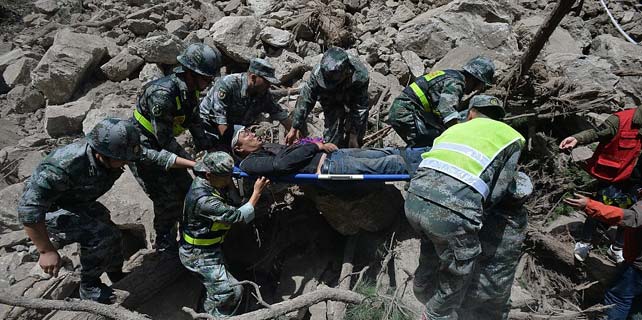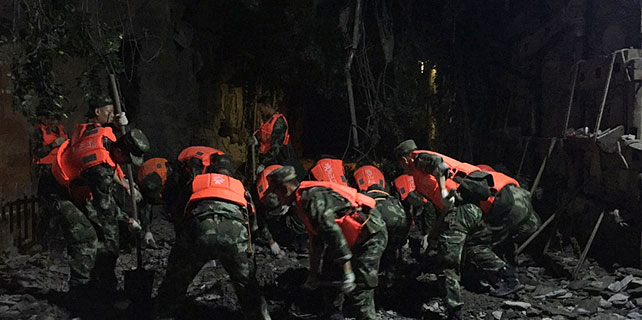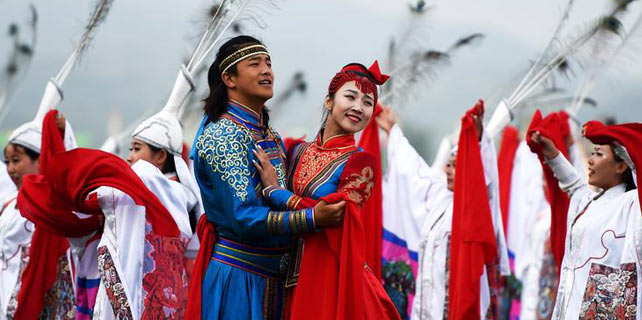Cambodian temple site draws visitors
Trees and looters
Sambor Prei Kuk, which means "the temple in the richness of the forest", boasts nearly 300 brick temples and heaps of ruins across a 25-square-kilometer compound.
The city, some 200 km north of Phnom Penh, was once the seat of the Chenla kingdom that flourished in the sixth and seventh centuries before the height of the Khmer Empire that raised the mega-city of Angkor.
The temples were rediscovered by French scholars in the 1880s when Cambodia was part of France's Indochina empire.
It took decades to pare back tree roots and lumps of earth that had consumed the monuments over the centuries.
"At first they only found 16 temples, but then they started to clean the sites," explains Hang Than, who's an archaeologist by training.
But the excavation halted as Cambodia fell into war, with a hailstorm of US bombs hitting the area during the Vietnam War in the 1970s, leaving behind hundreds of craters.
Restoration efforts were rebooted in the late 1990s.
With help of Japanese partners, conservationists spent decades hacking back trees and stabilizing the structures.
The painstaking work was rewarded with the UNESCO listing, which carries fresh funds to preserve the temples and manage the impact of tourism.
"It was very different when I first started to work in this area," says Lay Alex, who began leading tours a decade ago.
Agence France-Presse




















